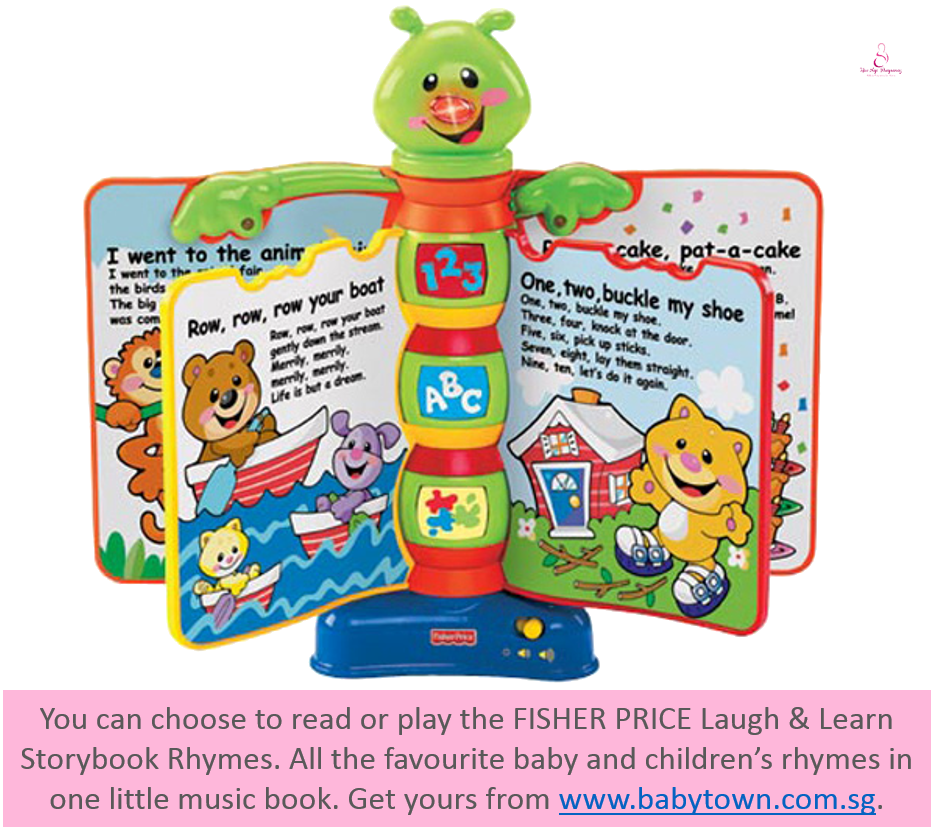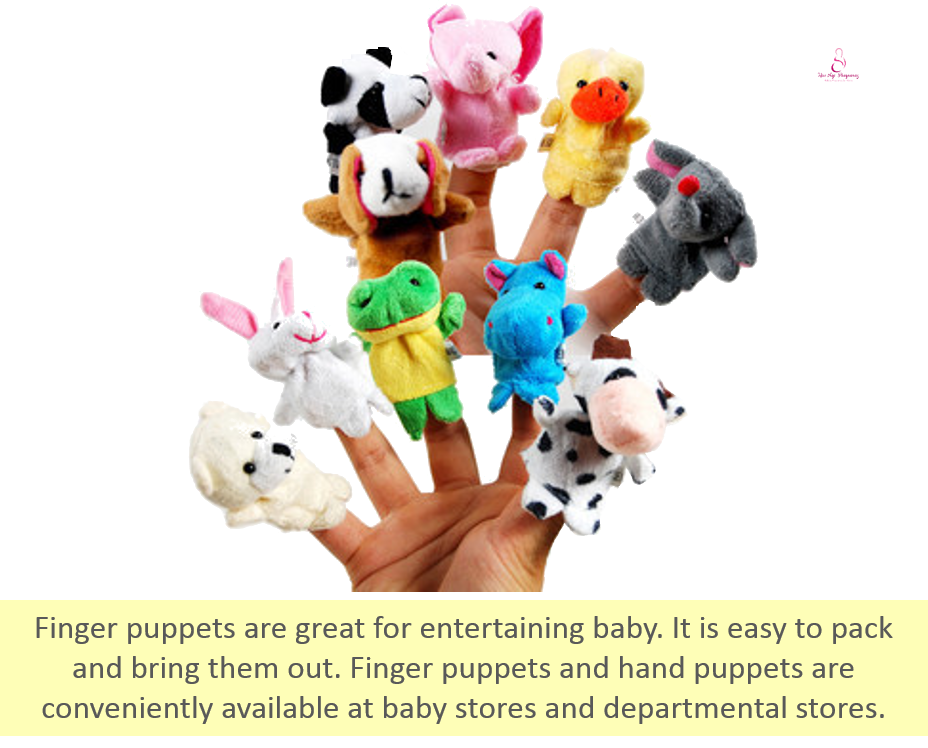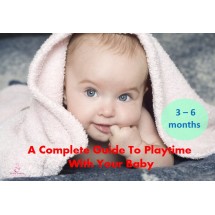
At this stage, you would have noticed that your little baby isn’t that little anymore. Weight gain and being able to move around makes them fun to be with too. By now, baby’s neck muscles are stronger and he would be able to roll onto his side and do a tummy turn as well. Some babies are also starting to show their preference to sit, so playtime can start taking on a new twist.
If your baby has started to flip on his own, take heed on safety and always ensure that someone is watching him. Active bubs enjoy flipping at pockets of opportunities such as a diaper change or bed time. Flipping strengthens baby’s back and shoulder muscles and bodily coordination which are training up to hone their crawling skills – not so soon but not long now.
Fun activities: Encourage exploration by making it fun for your little wanderer. Musical toys, bright lights, fancy colours continue to get baby’s attention. Visual and touch sensory stimulation allows baby to fiddle as they explore reaching out (hey, I’ve fingers and I can grab my toys!) to whatever within sight.


Your little one is constantly learning about communication although it does seem like a 1-way traffic for now. Talking to him allows him to pick up your words. That’s how baby learns. Your voice (and your husband’s!) are one of the first sounds he has heard before birth, and we know that babies learn through familiarity. Therefore, keep talking to baby from changing his diaper, bathing, before nap-time and other available time. Running out of topics to “converse” about? Below are some ideas on how to get that conversation going.
Fun activities: Don’t worry about being pitch-perfect. This audience of yours wouldn’t mind at all but would be very interested in hearing the varying tones, volumes, pitches of those sounds. Hold baby on your lap and sing to him. Grandparents who might be less familiar with nursery rhymes need not fret – just sing a song (or make one up!) that they are comfortable with or play a baby music CD – baby will be a happy listener with all that music and may even “coo” in response. A little goes a long way in training his social and listening skills. You can also read a book with baby too.


Got an active bub who enjoys moving around? Let him explore new sights while learning to sit. Here are some favourites amongst mothers.
Fun activities: Once he starts, he won’t forget – jumping helps strengthen baby’s leg muscles and all that adrenaline is sure to make him a happy child. With sensory toys placed within reach for hand-eye coordination (look ma, I can make that bird move!), he gets to enjoy the best of both worlds. Sitting can be fun too, and these options can keep baby occupied for awhile. Always practice adult supervision though.


Wonder why your baby cries when you move away or is all smiles when he sees your face? Research has shown that babies scan and recognize faces and that gives them a sense of security when they see familiar ones.
Fun activities: Play the face game with baby – lie him on a bed or sofa, or prop him up on your tummy – and have a face-off! Show off your rubber face with exaggerated expressions: smile, laugh, stick out your tongue, and shake your head. Don’t be surprised if he attempts to imitate you; that’s just self-discovery going on. It’s simple to do and helps in stimulating his social (promotes bonding and learning to receive affection too!), emotional and visual development. Alternatively, grab a puppet or a pillow and play “peekaboo” with him. Observe his facial responses. The movement of your puppet/pillow and sound of your voice lets him discover hide-and-seek, and gets his eyes to focus on moving objects too as a way of responding to external stimuli.


Playtime should be fun, but if babies start to fuss or look away, he might be bored or tired. Always follow baby’s cue instead of forcing them go through something that doesn’t interest them. Over-stimulation may also cause babies to fuss, so avoid doing too much in a short span of time. Enjoy the happy moments and standby the camera to get snap-happy too!
Read more:
A Complete Guide To Playtime With Your Baby: 0 – 3 months
A Complete Guide To Playtime With Your Baby: 3 – 6 months
A Complete Guide To Playtime With Your Baby: 6 – 9 months
A Complete Guide To Playtime With Your Baby: 9 – 12 months
A Complete Guide To Playtime With Your Baby: 12 – 15 months
By Cindy Gan | Edited by Crystal Tan






